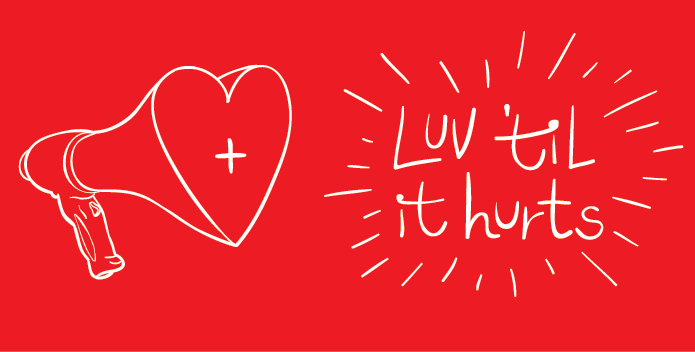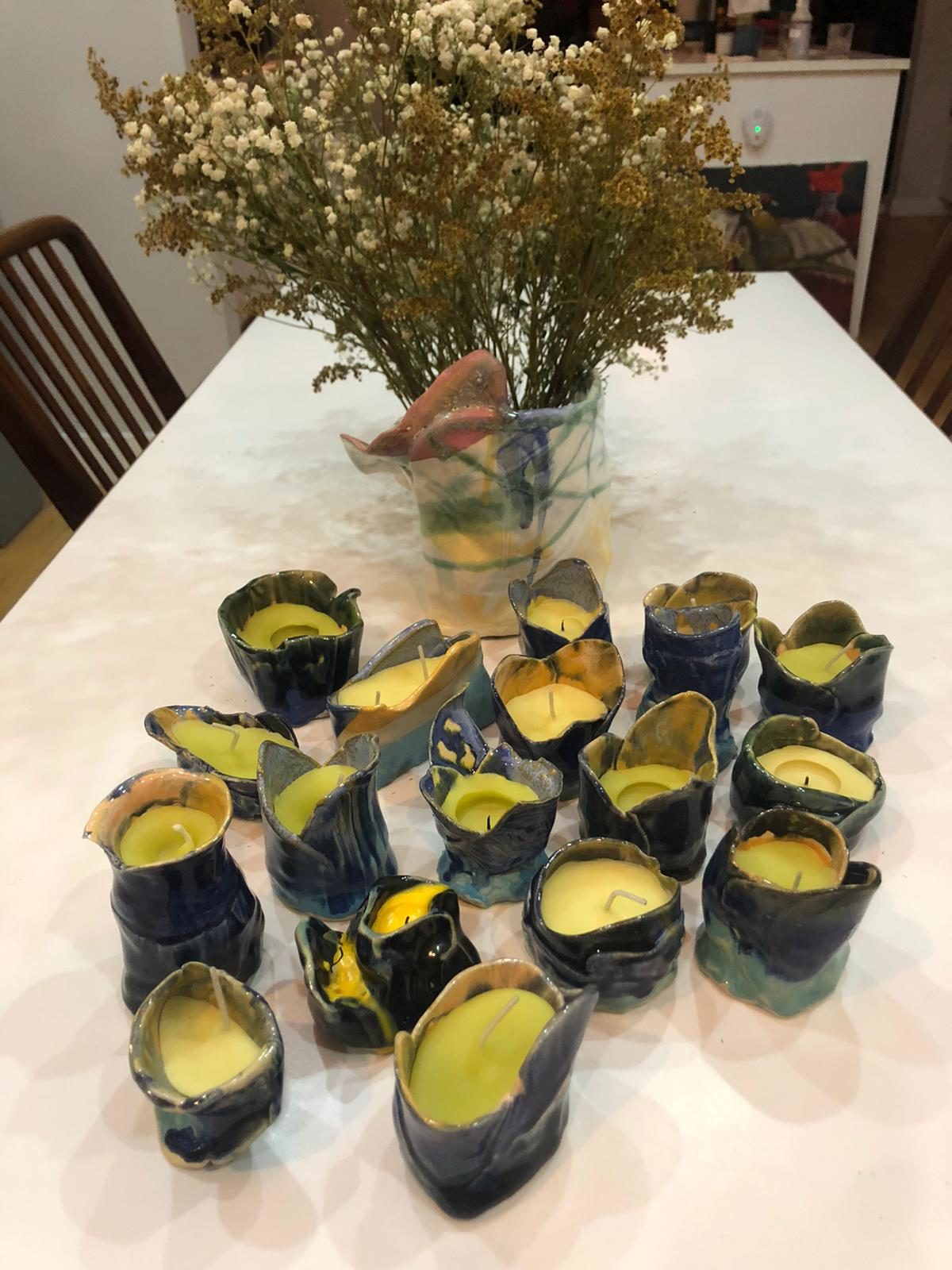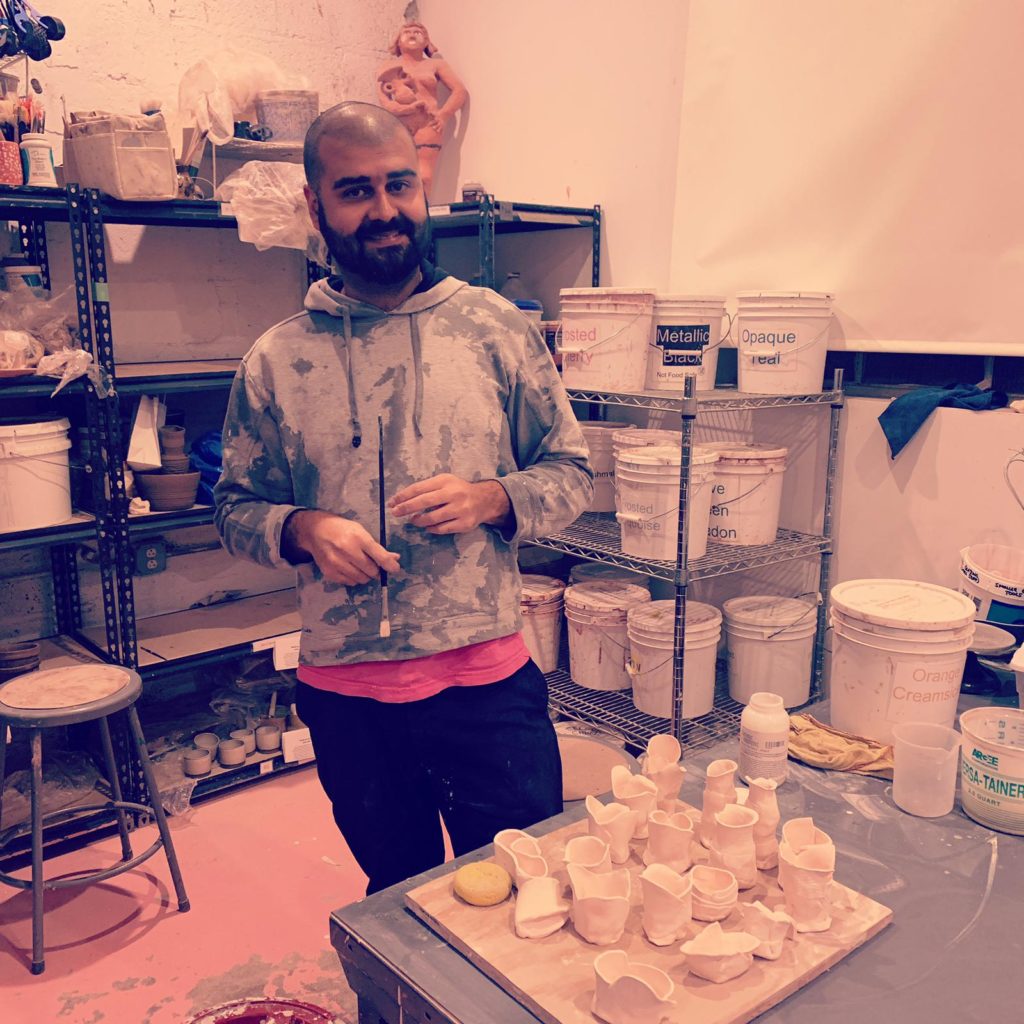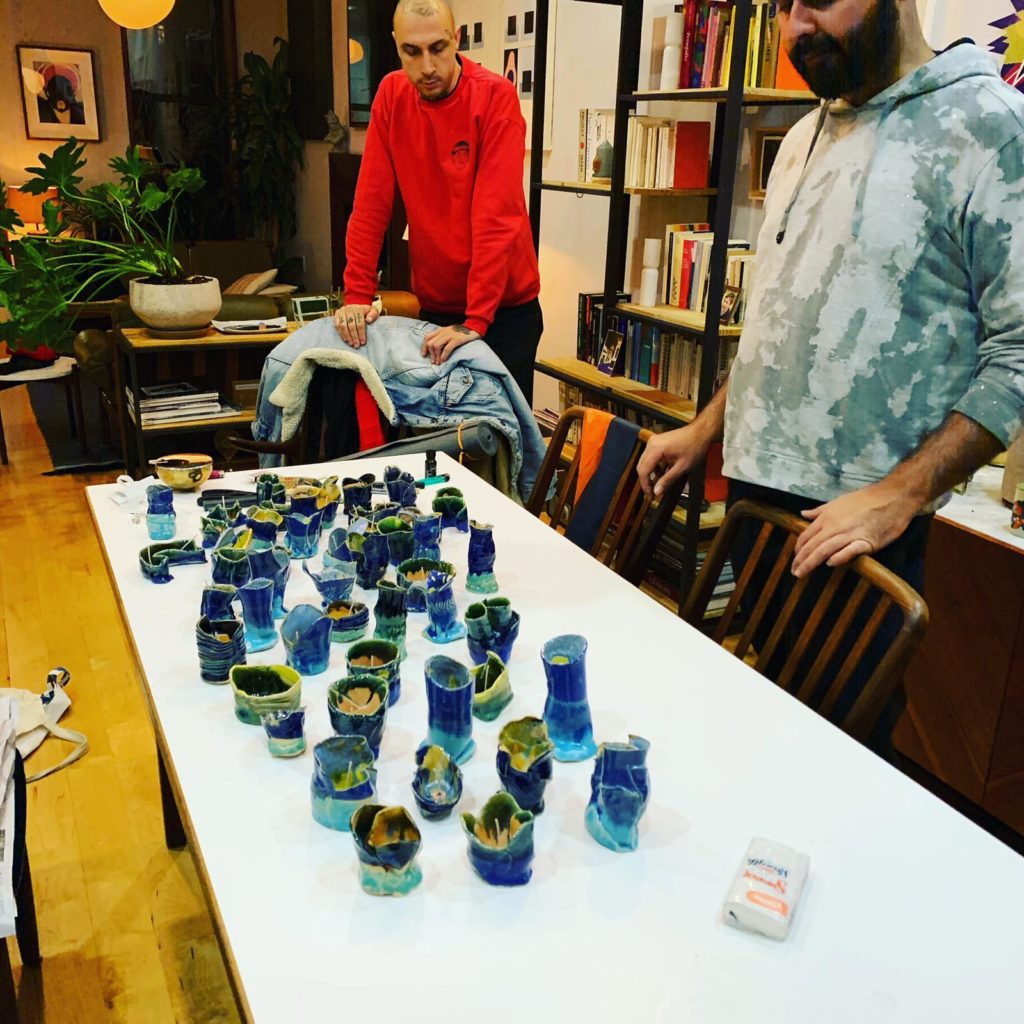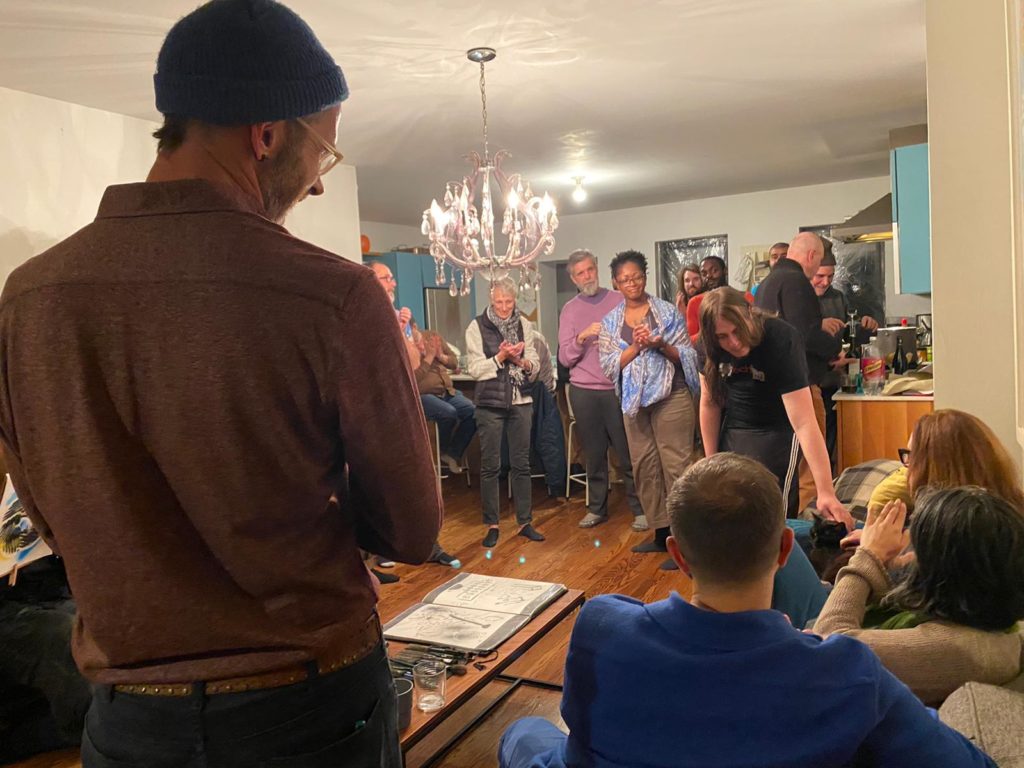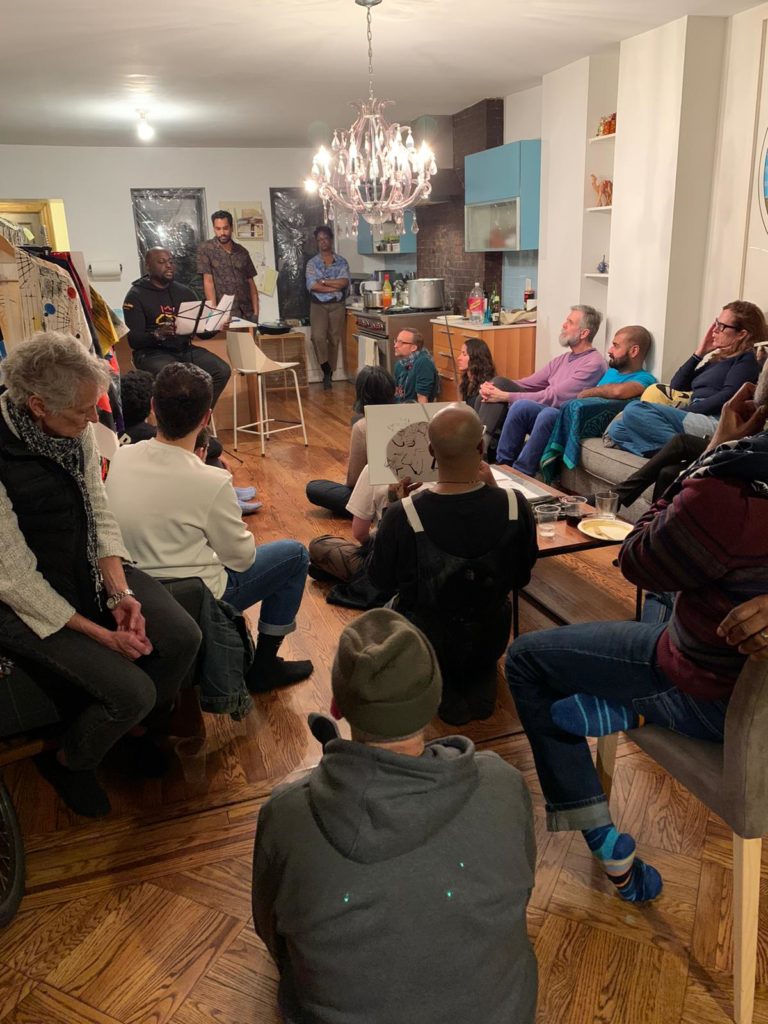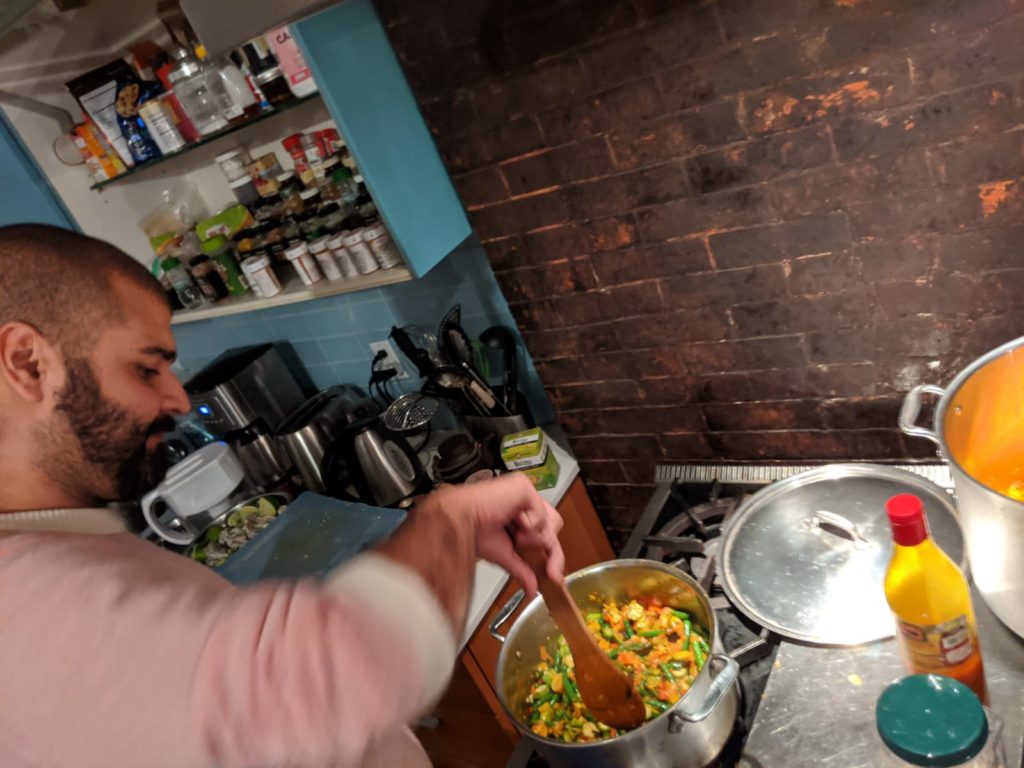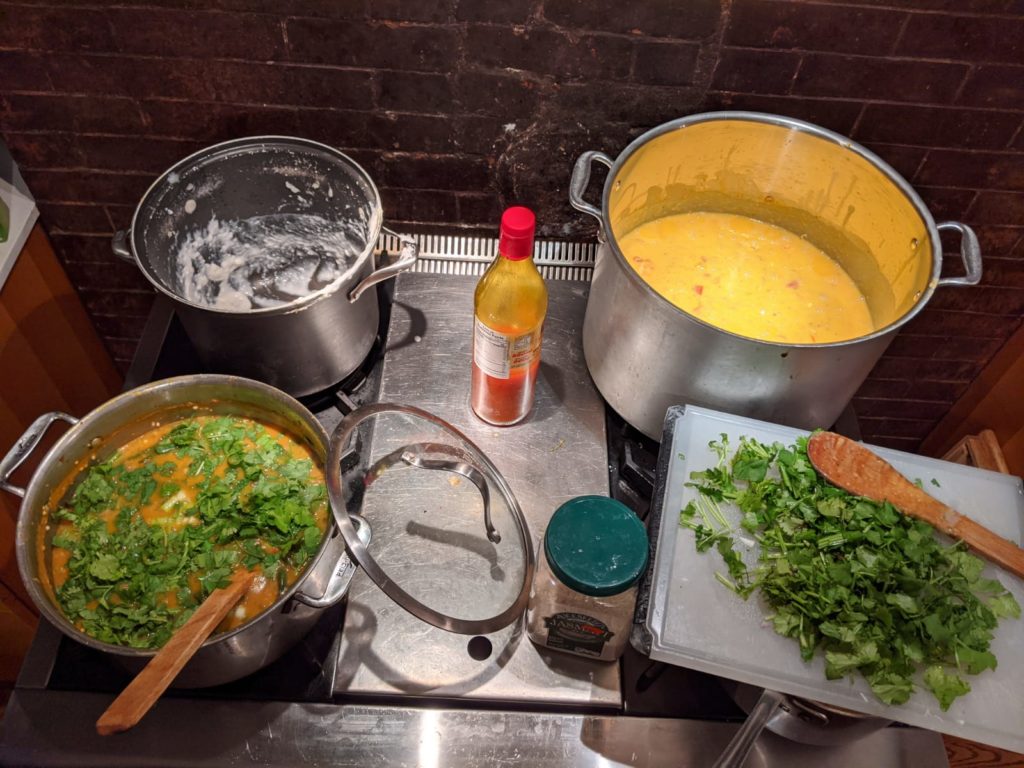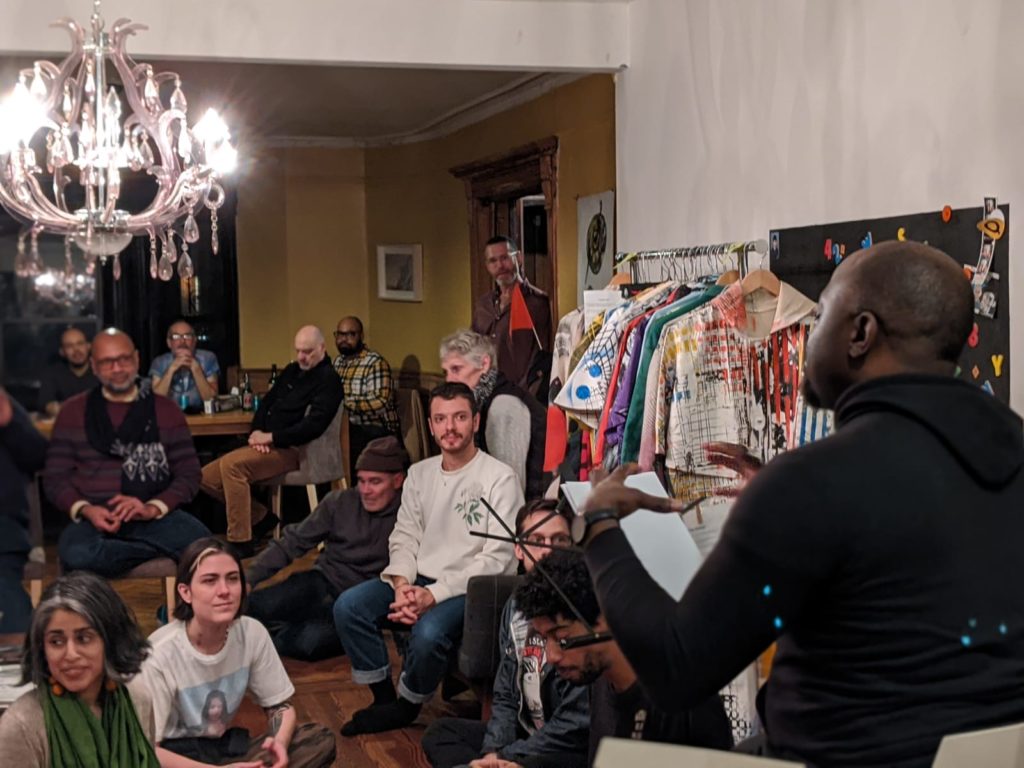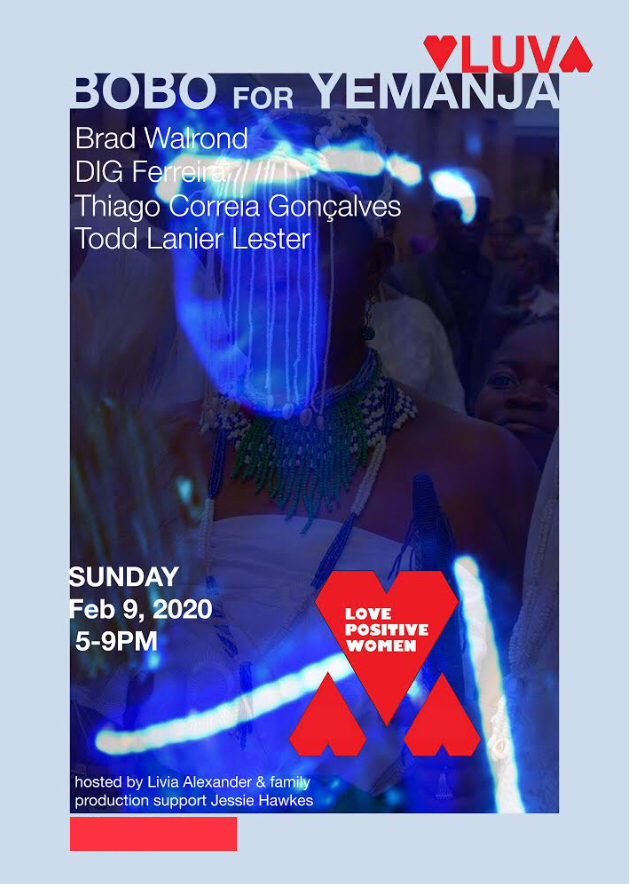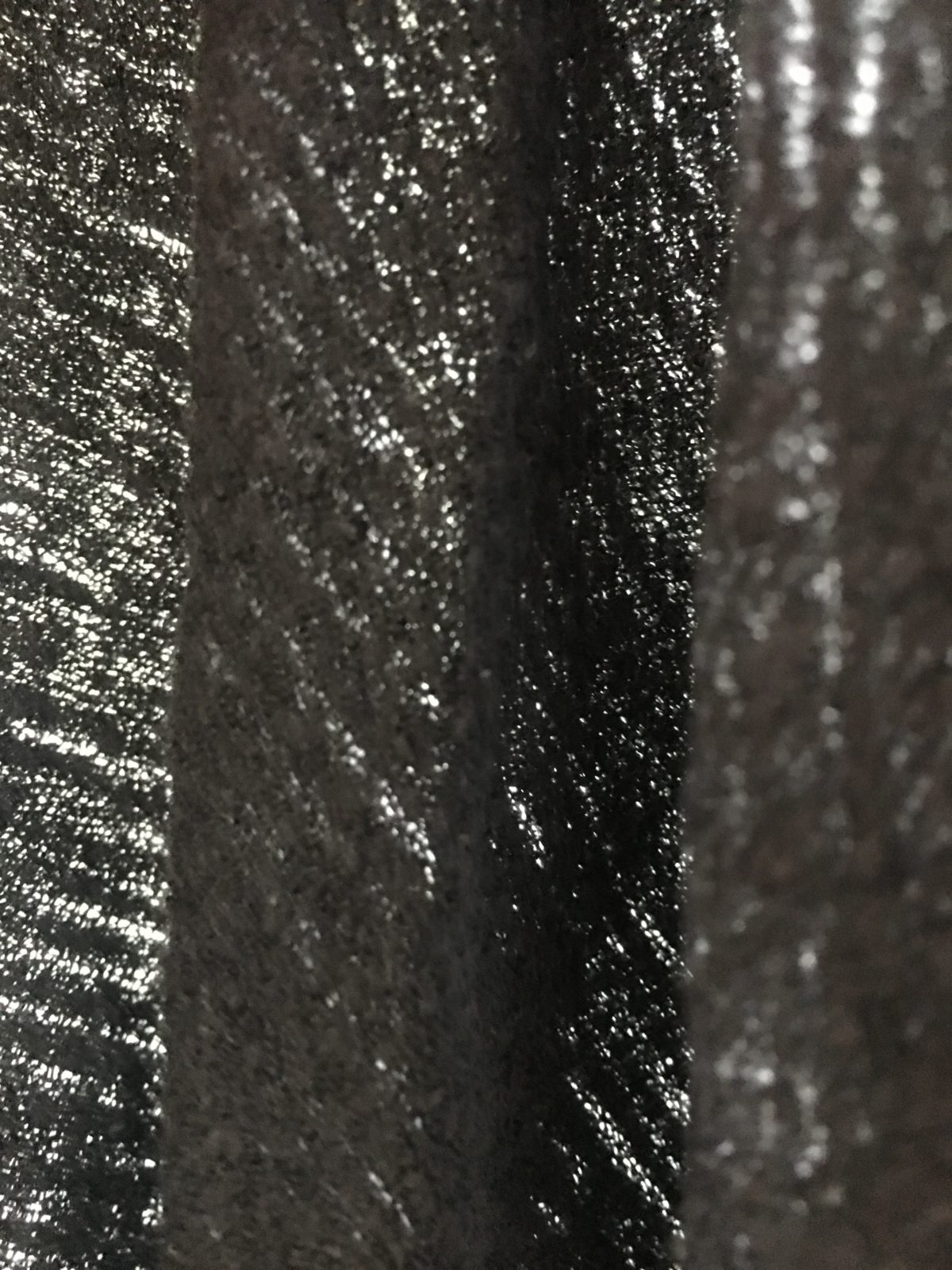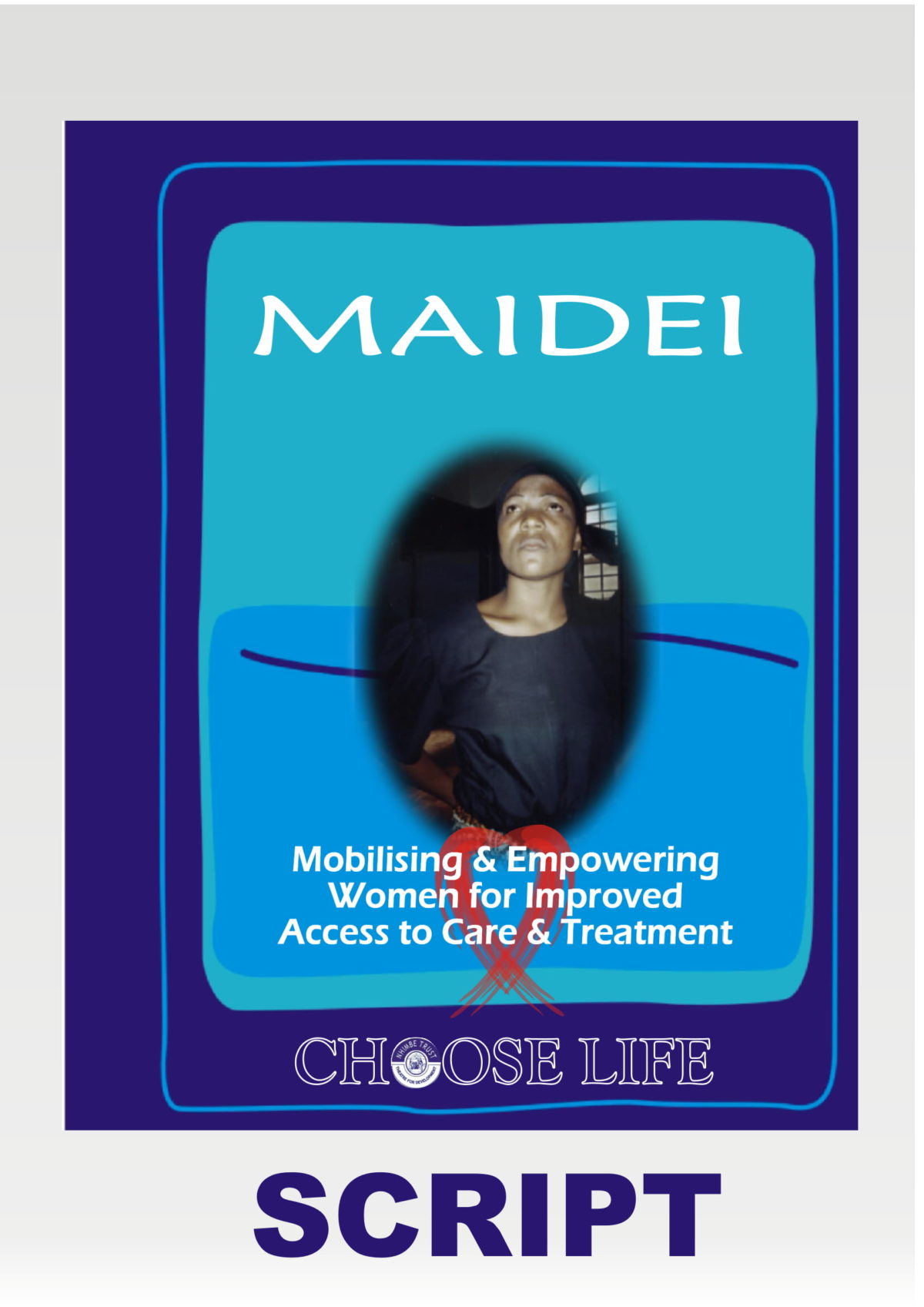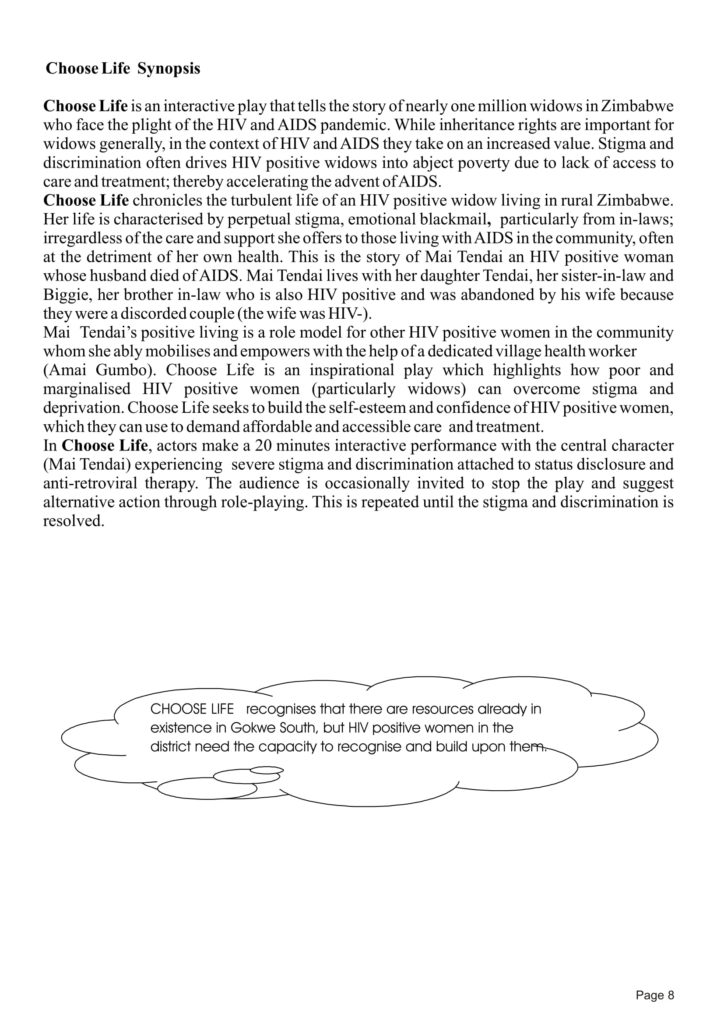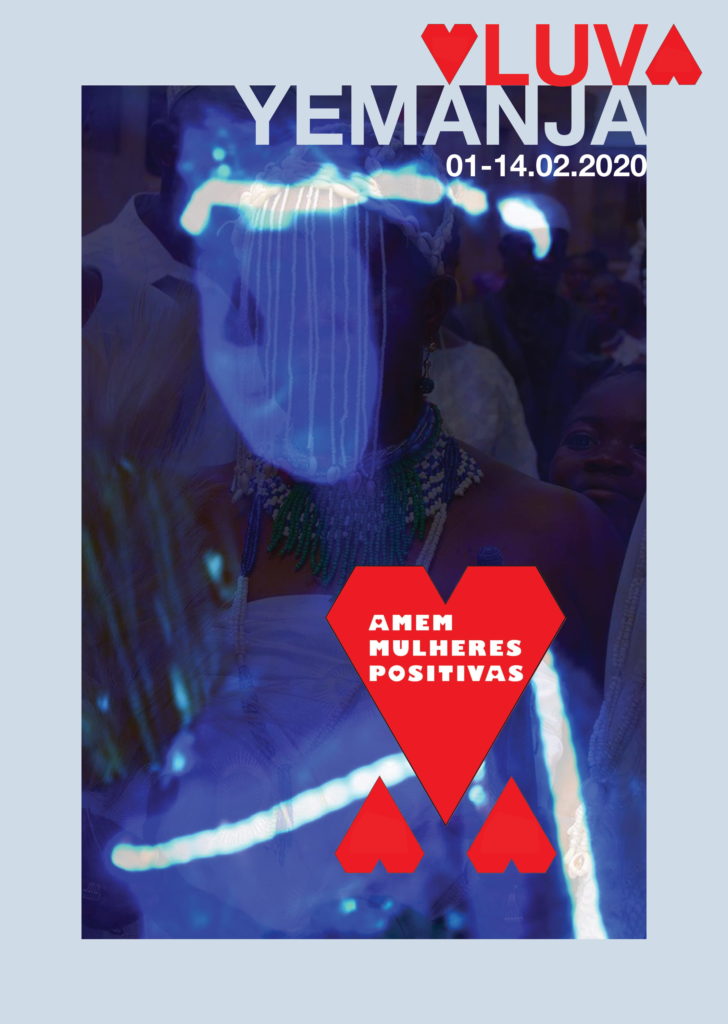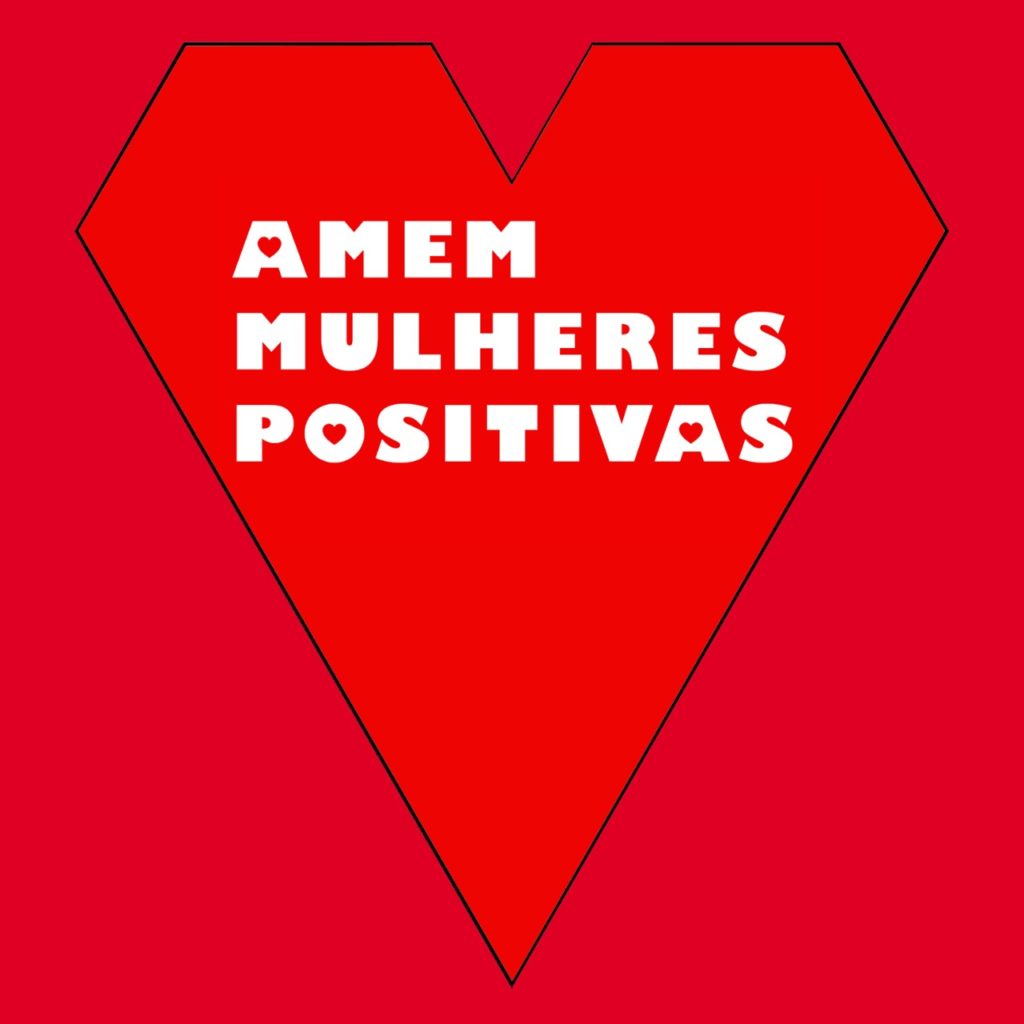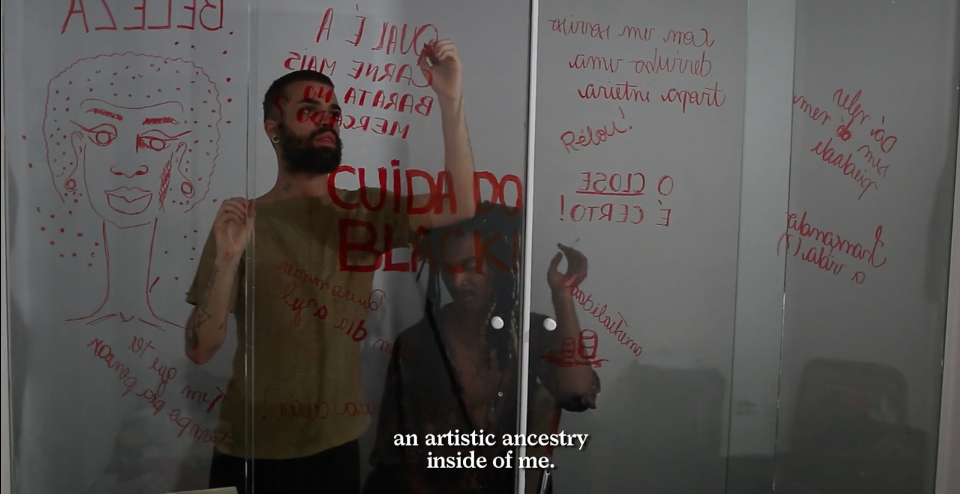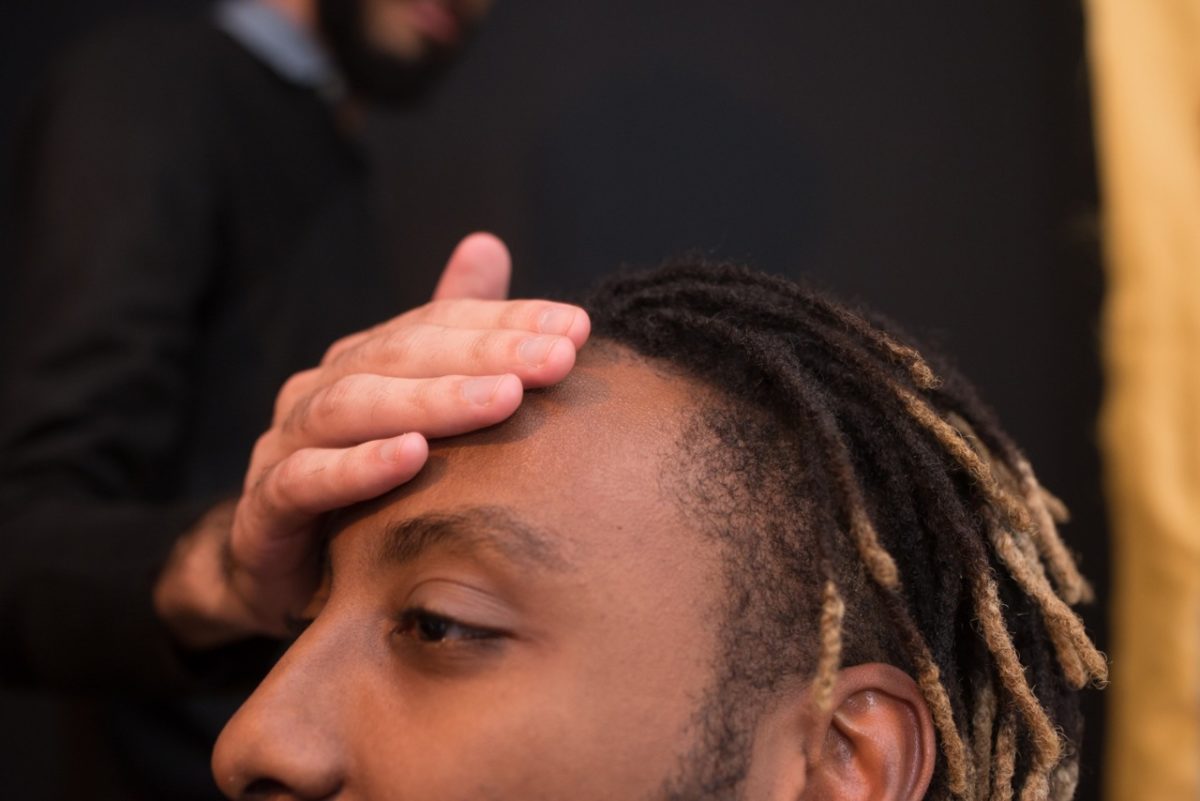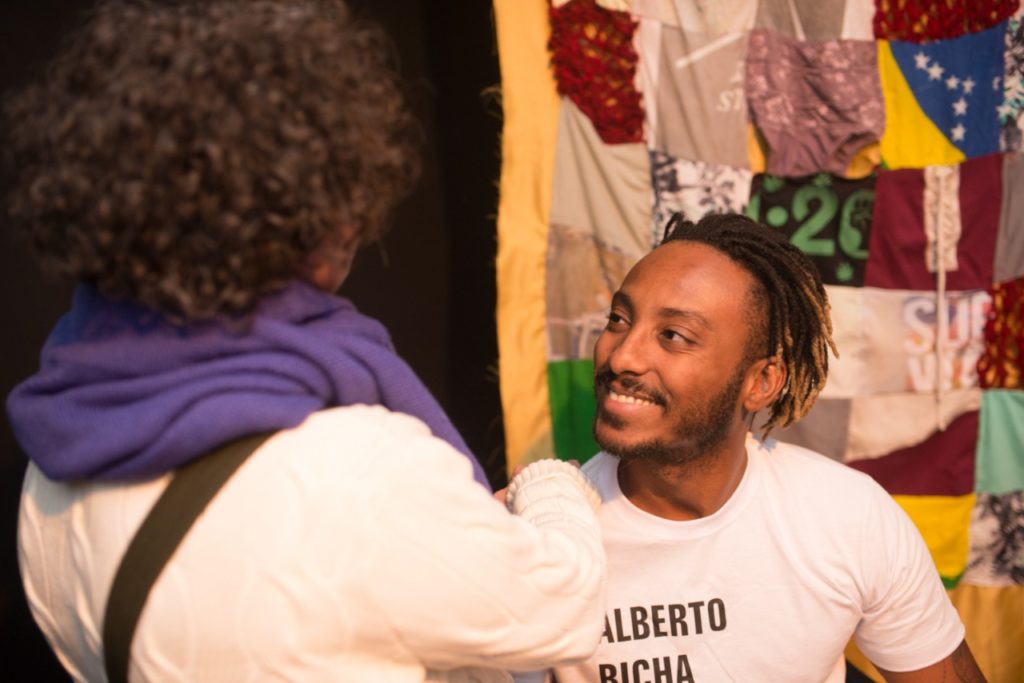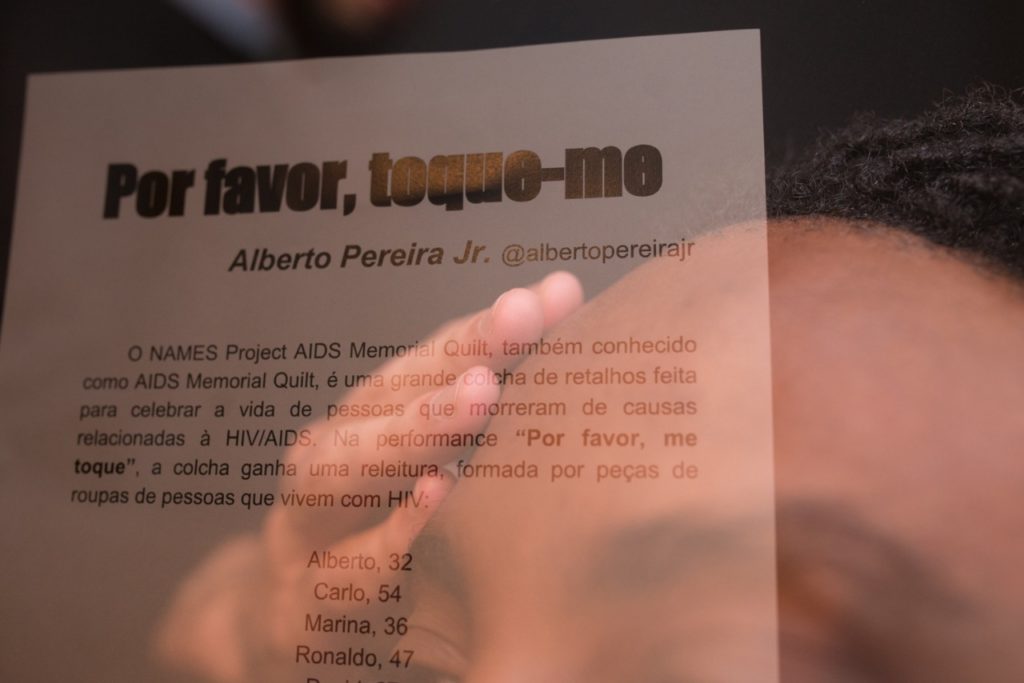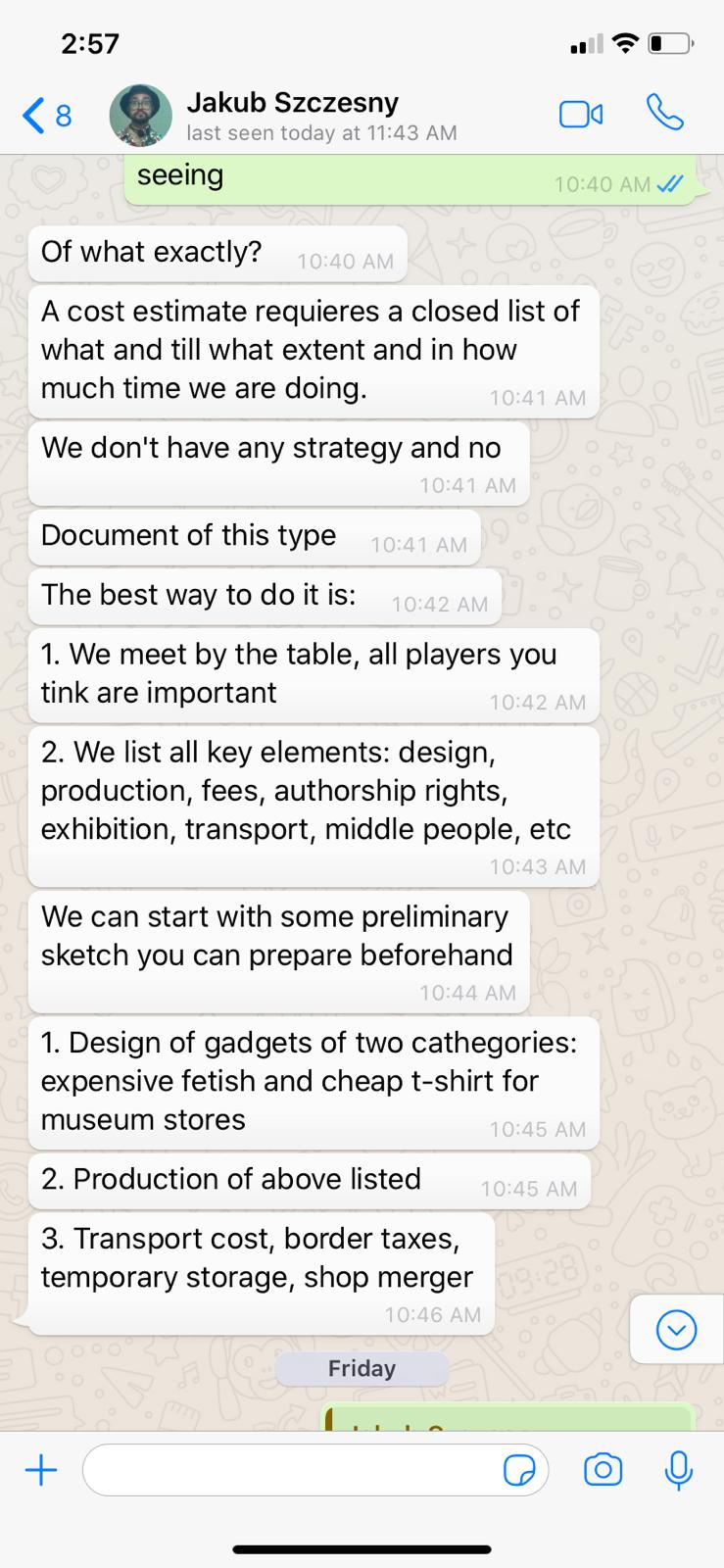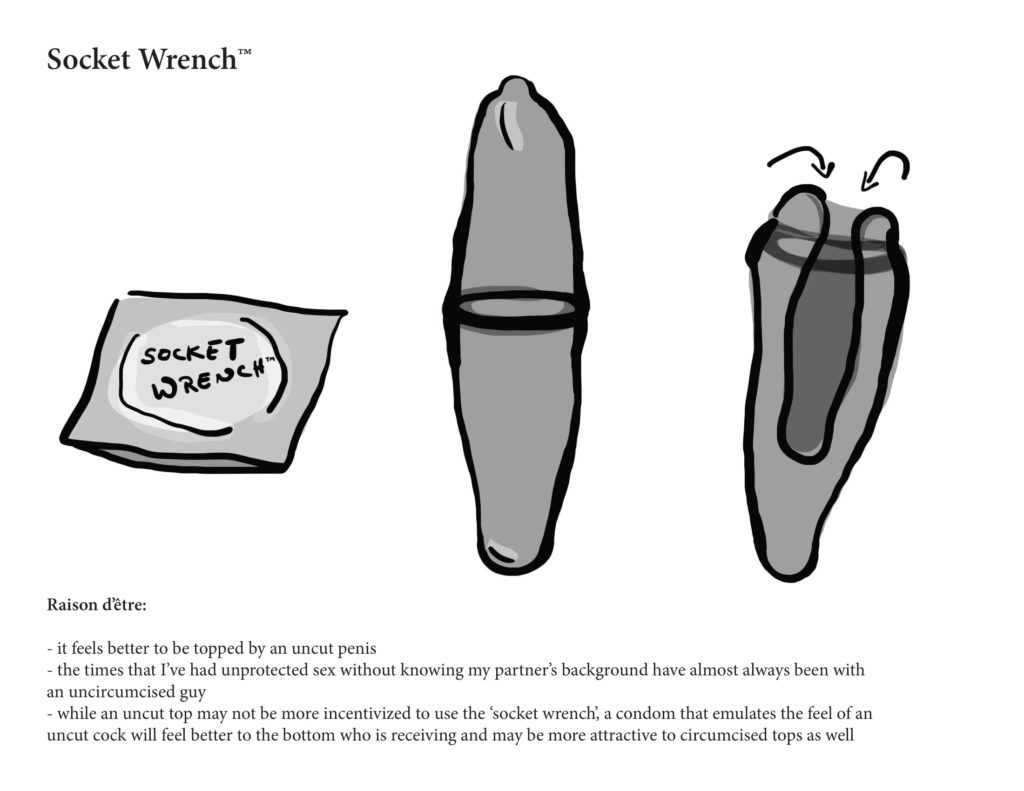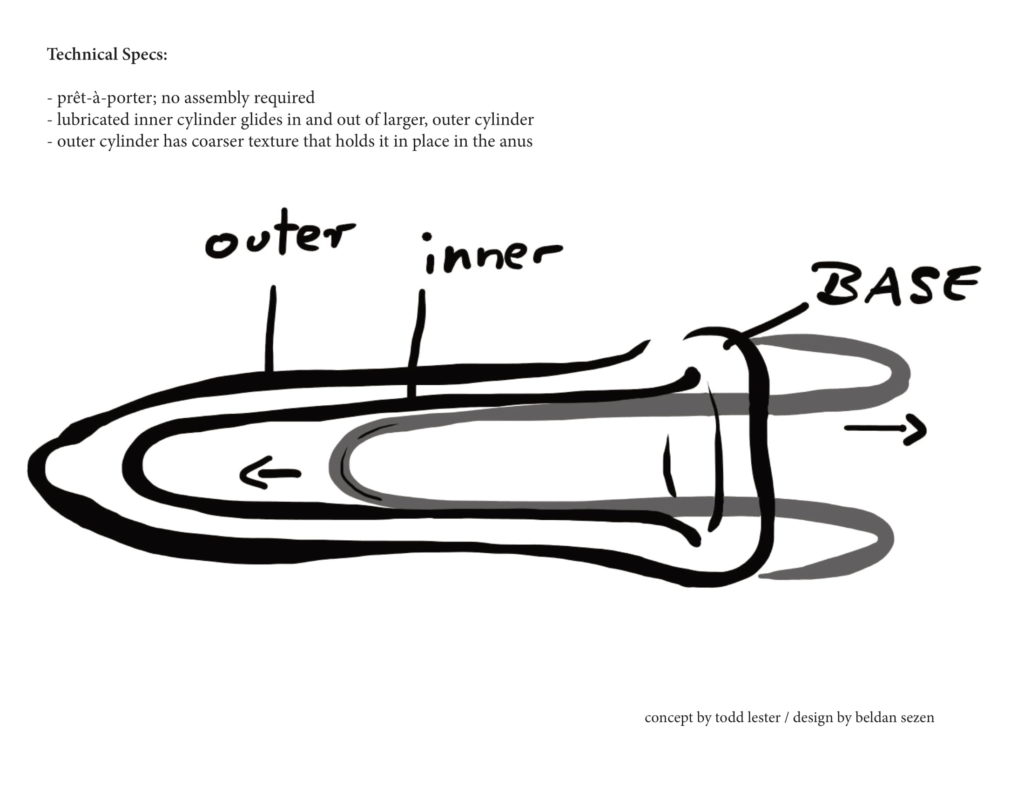Behind the curtain
“أنا مريضة إيدز ونفسى أتعامل كبنى آدمة، معملتش حاجة غلط علشان المجتمع ينبذنى ولما بمرض مش بلاقى دكتور يعاملنى كويس، وبقيت أخاف من الناس فاضطرت لارتداء النقاب خوفا من تعرف الناس على شخصيتى عند اللجوء لتلقى العلاج. “
“فى عام 2006 ظهرت الأعراض الأولية كإسهال وترجيع وسخونية، وفقدت الكثير من وزنى فبعد أن كان 83 كجم أصبح 45 كجم دون أن أعلم السبب، وعلى الرغم من أنى أجريت الكثير من الفحوصات والتحاليل التى حيرت الأطباء وشخصها الكثيرون بأنها مشاكل فى المعدة أو مرض الدفتيريا”.
“استمرت الأعراض وفقدان الوزن المحلوظ، و فى شهر 5 عام 2007، تم حجزى فى مستشفى القصر العينى لمدة 3 أيام فى قسم الباطنة، ونتيجة لاستمرار الإسهال وبعد إجراء الأطباء جميع الفحوصات لم يتعرفوا على السبب، فمكثت بالمستشفى لمدة 21 يوما، ولم يتم التوصل لتشخيص المرض، وبعد حيرة الأطباء فى التشخيص قرروا إجراء تحليل الإيدز وظهرت النتيجة إيجابية ثم بعد ذلك طلبوا من زوجى إجراء التحليل أيضا، وعند ظهور النتيجة لم توجد أى سرية فى المستشفى وتم إخبار جميع الأشخاص المتواجدين بها وإخبار أهلى وأهل زوجى الذين كانوا متواجدين معى”.
“بعد 21 يوما عندما تم التعرف على إصابتى بمرض الإيدز، تم عزلى فى آخر العنبر وإحاطة المكان الذى أتواجد به بالستائر، ثم بعد ذلك قاموا بإفراغ غرفة الغسيل التى يقوم فيها الأطباء بتغيير ملابسهم ووضعونى بها، خوفا منى، كما أن الأطباء كانوا يرون مواعيد حضورهم من بعيد من خلال الإضاءة بالكشاف وتم تركى 4 أيام معزولة فى غرفة الغسيل، وتم تحويلى مرة أخرى إلى حميات العباسية حتى يجرى التحليل بالمعامل المركزية وظهرت أيضا إيجابية.”
___________________
« Je suis atteinte du SIDA, et j’aimerais pouvoir me comporter en être humain. Je n’ai rien fait de mal pour que la société me rejette comme ça, et quand je tombe malade je ne trouve pas un médecin qui me traite convenablement, et j’en arrive à avoir peur des gens. C’est pour ça que je me suis mise à porter le niqab, de peur que les gens n’apprennent ma condition lorsque je vais récupérer mon traitement. »
« En 2006, les premiers symptômes sont apparus: diarrhée, vomissements et fièvre. J’ai perdu beaucoup de poids, je suis passée de 83 à 45 kg, sans en connaître la cause. J’ai fait de nombreux tests et examens, mais les médecins et autres spécialiste étaient toujours dans le flou, pensant que c’était des maux d’estomac ou la diphtérie. »
« Les symptômes et la perte de poids ont continué à se développer, jusqu’en mai 2007, où j’ai été admise à l’hôpital de Asr El-Ayny pour 3 jours au service d’hépato-gastro-entérologie en raison de la diarrhée persistante. Après avoir encore réalisé tous les tests possibles et imaginables, les médecins n’arrivaient toujours pas à en déterminer la cause. Je suis donc restée 21 jours à l’hôpital, et puisque les médecins n’arrivaient à aboutir à un diagnostic, ils ont finir par prescrire un test du Sida, qui s’est avéré positif. Quand le résultat est arrivé, ils ont également demandé à mon mari de faire le test. Lorsque les résultats sont sortis, le secret médical n’a absolument pas été respecté, toutes les personnes présentes à l’hôpital à ce moment-là ont été mises au courant, de même que les membres de ma famille et celle de mon mari qui étaient présents. »
« Au bout de 21 jours, quand nous avons enfin eu le diagnostic de l’infection par le Sida, j’ai été placée à l’isolement dans une chambre, bien cachée derrière des rideaux. Ensuite, ils ont vidée le vestiaire, la salle où les médecins se changent, et m’ont déplacé là-bas. Ils avaient peur de moi. Ils venaient vérifier leurs horaires de loin, et avec une lampe torche. Ils m’ont laissée 4 jours isolée dans la buanderie, avant de me transférer à l’hôpital de Abbasseya, pour que je puisse faire un autre test au laboratoire central, qui s’est également avéré positif. »
___________________
“I am sick with AIDS and I’d like to treat myself like a human being. I didn’t do anything wrong for society to reject me; and when I get sick, I can’t find a doctor who treats me well, and I’ve become afraid of people. This is why I had to wear a niqab for fear that people would get to know my condition when I come to take my treatment.
In 2006, the initial symptoms appeared as diarrhea, vomiting, and heat. I lost a lot of weight; I went from weighing 83 kg to 45 kg, without knowing the reason. I conducted many tests and analyses that puzzled doctors, many diagnosed stomach problems or diphtheria.
Symptoms and weight loss persisted, until May 2007, when I was admitted into the Al-Kasr Al-Ainy Hospital for 3 days in the Hepato-Gastro-Enterology Department as a result of the continued diarrhea. After the doctors performed all possible tests, they still did not find the reason. So I stayed in the hospital for 21 days, the diagnosis of the disease was not reached and the doctors were confused. They finally decided to perform an AIDS test, and the result appeared positive. Then they asked my husband to perform the test as well. When the result appeared, there was no medical confidentiality whatsoever, the whole hospital was informed, as well as my family and my husband’s family who were there.
After 21 days, when I was finally diagnosed with AIDS, I was isolated in a ward and surrounded by curtains. Then, they emptied the laundry room where the doctors used to change their clothes and they put me there. They were afraid of me. When the doctors needed to check their schedules, they were doing it from afar and with a flashlight. They left me for 4 days isolated in the laundry room, then I was transferred again to the Abbaseya hospital where another test was done in the central laboratories and it also appeared as positive.”

